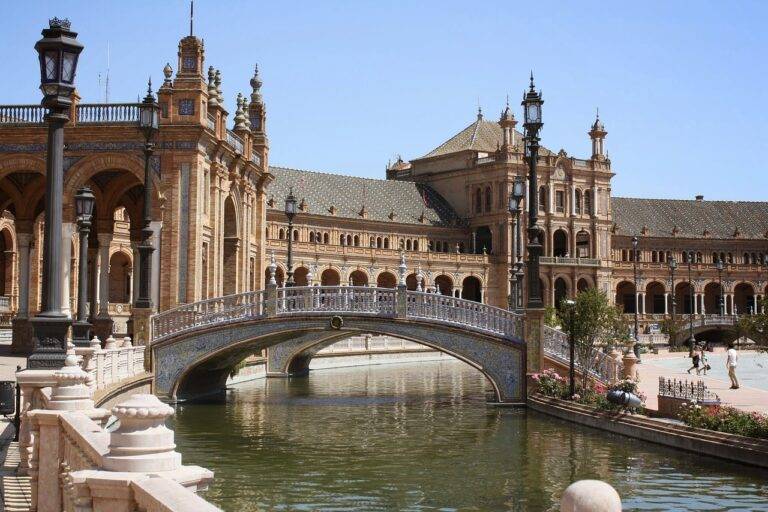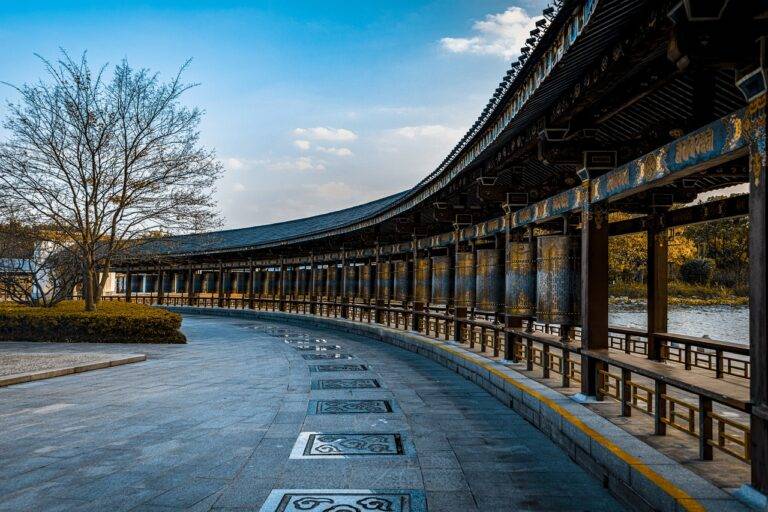Traveling the Silk Road Today: Cultural Exchanges and Trade Routes Revival
The Silk Road, an ancient network of trade routes that connected the East and West, has a rich history that dates back to around 200 BCE during the Han Dynasty in China. The main purpose of the Silk Road was to facilitate the exchange of goods, ideas, and cultures between Asia, Europe, and Africa. The primary commodity traded along the Silk Road was silk, which was highly coveted in the West and held significant economic value in the East.
The Silk Road played a crucial role in shaping the economies and cultures of the regions it connected. It allowed for the spread of goods such as spices, textiles, and precious metals, as well as the transmission of knowledge, technologies, and religions. Along with trade, the Silk Road also fostered cultural exchanges, leading to the amalgamation of diverse artistic styles, languages, and traditions.
Modern-Day Silk Road Routes
Today, the Silk Road continues to serve as a vital network of trade routes connecting East and West. Traders now transport goods across a variety of modes of transport, including railways, highways, and air routes. The routes extend through multiple countries, fostering economic cooperation and cultural exchange along the way.
Furthermore, the modern Silk Road routes have evolved to include key hubs such as China, Central Asia, the Middle East, and Europe. These routes not only facilitate the exchange of goods but also promote dialogue, diplomatic relations, and mutual understanding between nations. The revived Silk Road remains vital in shaping the economic landscape of the regions it traverses.
What is the significance of the Silk Road in history?
The Silk Road was a network of trade routes that connected the East and West, facilitating the exchange of goods, ideas, and cultures between different civilizations.
Are there modern-day routes that can be considered as the Silk Road?
Yes, there are modern-day Silk Road routes that have emerged as a result of globalization and increased international trade.
How do modern-day Silk Road routes differ from the historical Silk Road?
Modern-day Silk Road routes often involve advanced transportation and communication technologies, making trade more efficient and accessible to a larger number of people.
What are some of the key modern-day Silk Road routes?
Some of the key modern-day Silk Road routes include the New Silk Road, which connects China to Europe through various land and sea routes, as well as the Maritime Silk Road, which connects China to Southeast Asia, South Asia, and Africa through sea routes.
How has the concept of the Silk Road evolved over time?
The concept of the Silk Road has evolved from being primarily a trade route for silk and other goods to a symbol of cultural exchange, connectivity, and cooperation between different countries and regions.





